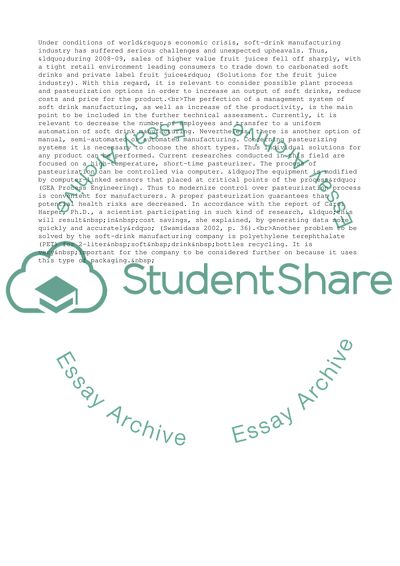Cite this document
(Technical Assessment: Soft Drink Manufacturing Essay, n.d.)
Technical Assessment: Soft Drink Manufacturing Essay. Retrieved from https://studentshare.org/management/1749107-with-attach-files
Technical Assessment: Soft Drink Manufacturing Essay. Retrieved from https://studentshare.org/management/1749107-with-attach-files
(Technical Assessment: Soft Drink Manufacturing Essay)
Technical Assessment: Soft Drink Manufacturing Essay. https://studentshare.org/management/1749107-with-attach-files.
Technical Assessment: Soft Drink Manufacturing Essay. https://studentshare.org/management/1749107-with-attach-files.
“Technical Assessment: Soft Drink Manufacturing Essay”, n.d. https://studentshare.org/management/1749107-with-attach-files.


